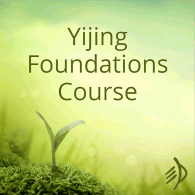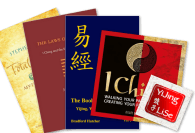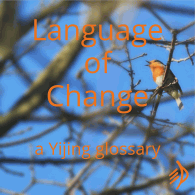The family of Hexagram 37
Every hexagram can be said to have a ‘nuclear hexagram’, formed by taking its inner lines and ‘unfolding’ them. From the original hexagram’s lines 123,456, you build a new hexagram with 234,345. The effect is like a seed germinating, and the nuclear hexagram’s often interpreted as a latent potential within… Read more »The family of Hexagram 37








